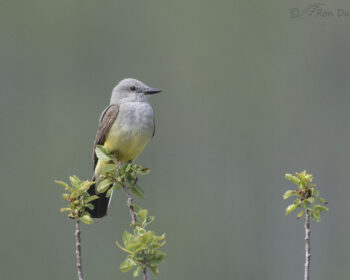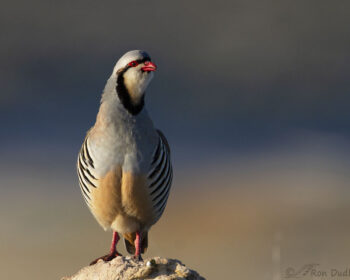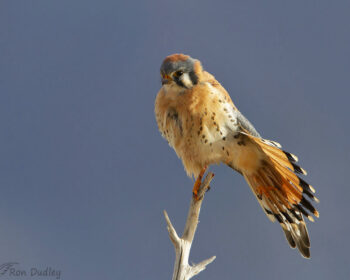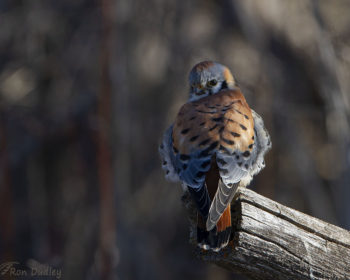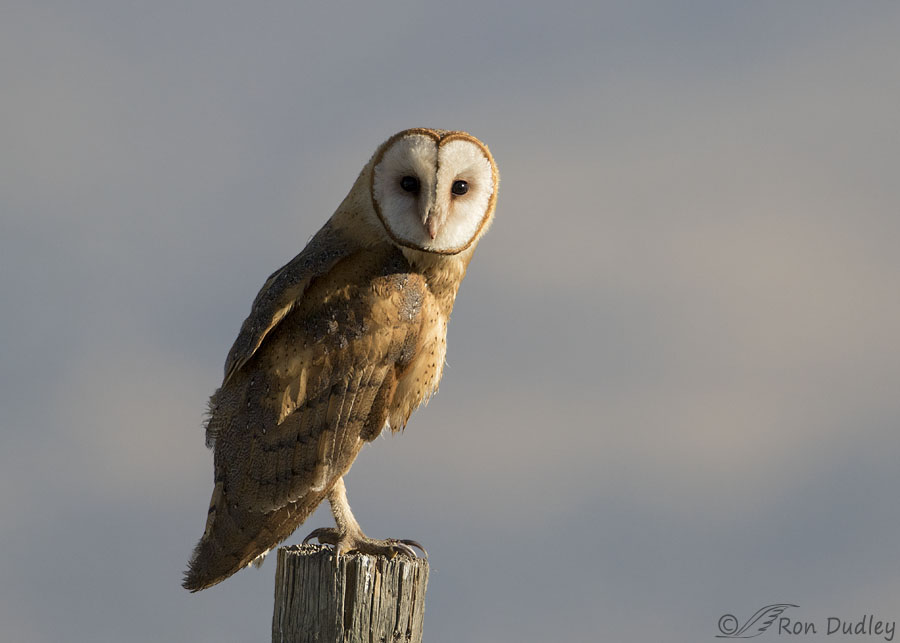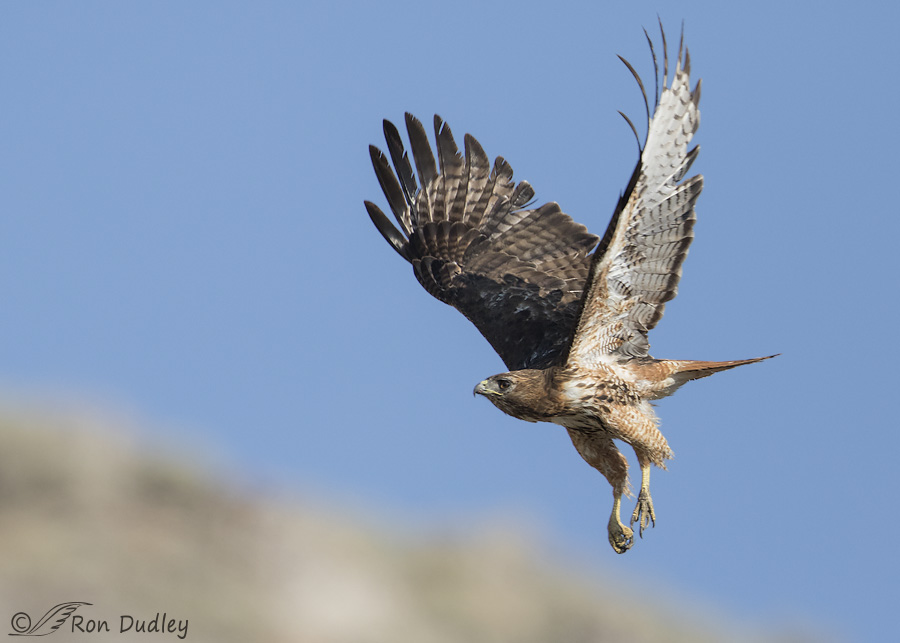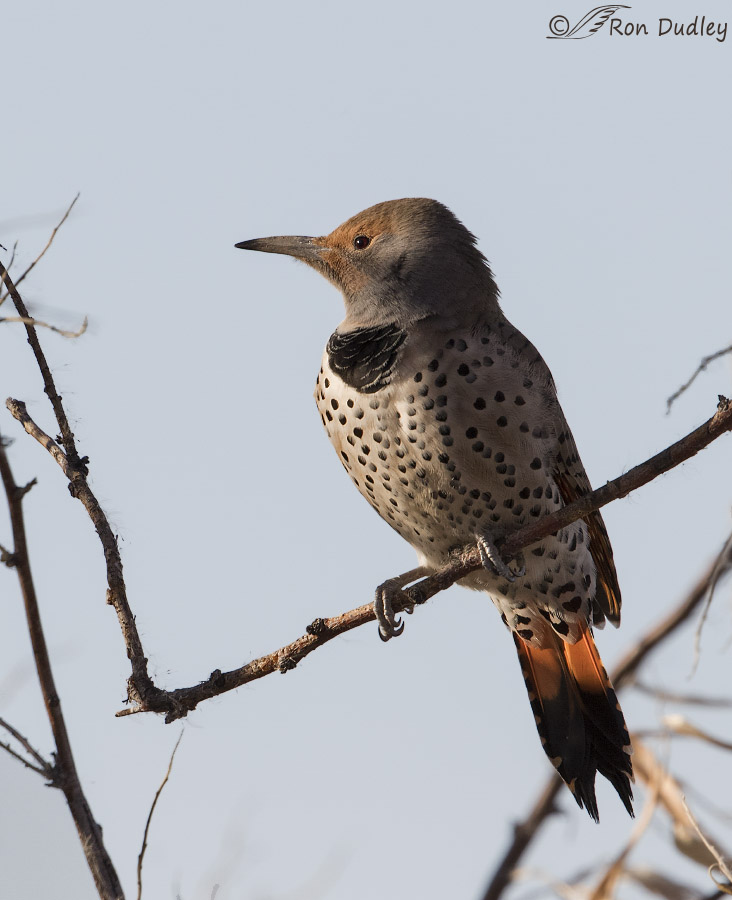Tag: side light
A Calling Chukar In Gorgeous Side Light
Male American Kestrel Posing In Side Light
Side Lit Male American Kestrel
Side Lit Barn Owl
Adult Red-tailed Hawk In Flight And A Plug For Rehab Organizations
Sidelit Northern Flicker (red-shafted)
Burrowing Owl In Dramatic Side Light
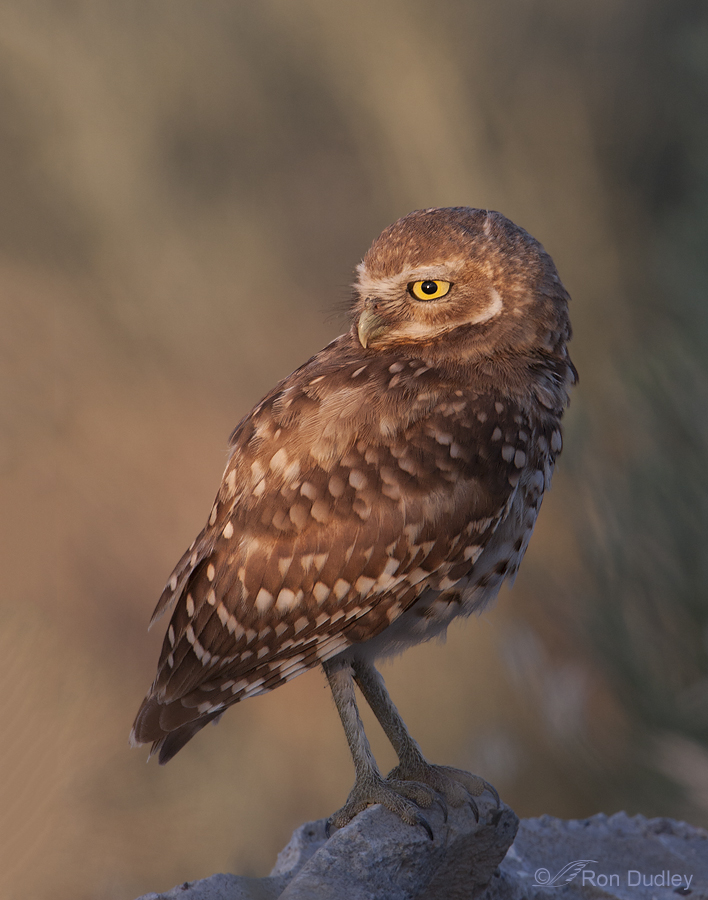
As every photographer knows, light angle can make or break an image. In static portrait shots especially, partial side lighting (at perhaps 45 degrees to your subject) emphasizes texture, patterns and shapes and helps to separate subject from background. It’s been said that side light “sculpts” your subject.
Swainson’s Hawks In Different Types Of Light
It goes without saying that light angle, intensity and warmth can have huge effects on an image, both positive and negative. I thought it might be interesting to see the effects of different types of light on the same species – in this case, Swainson’s Hawks. 1/160, f/6.3, ISO 640, 500 f/4, 1.4 tc, natural light, not baited, set up or called in Here, the sun was low and the light warm. The light was directional (side lighting the bird) but it worked pretty well because the darker parts of the bird are in the direct light. The head angle is just right for this pose – if the head were angled any more toward me I’d have lost the catch light and light on the face. If it were turned any more away from me I’d have lost good eye contact. 1/1250, f/5.6, ISO 640, 500 f/4, 1.4 tc, natural light, not baited, set up or called in Like in the previous image, this hawk is side lit. The difference is that the bird has its light, creamy colored belly facing the sun so the whites, though they’re not blown out, are a tad too bright and lacking detail. 1/2000, f/6.3, ISO 500, 500 f/4, natural light, not baited, set up or called in I took this image a little later in the morning, so the light wasn’t so warm and at that angle enough of it is reflecting up from the ground to give me sufficient detail in the shaded, dark brown plumage…
Lamenting the Loss of a Favorite Perch
This was a perch I had a love-hate relationship with for almost four years. It was a small, very old and sun-bleached snag along the road down unit 1 at Farmington Bay Wildlife Management Area. I loved it because American Kestrels liked to use it as a hunting perch, it was close to the road, not too high and it was natural and photogenic. I hated it because it was on the east side of the road (I could only shoot from the road in my vehicle – open the door and the kestrel skedaddles) which meant that I was usually shooting into the sun in the morning which is my favorite time to photograph birds. Back-lit kestrels are generally not a pretty sight… That road down unit 1 is closed for the nesting season (March through September) and I was very disappointed to see on my first trip down the road this fall that the snag was gone. It may have fallen down on its own, been removed by refuge managers (which I doubt) or perhaps it was vandalized – I just don’t know. But I will miss it, as will the kestrels I’m sure. Avian photographers on this continent are well aware of how difficult this species is to get close to – they’re very skittish and almost never allow a close approach for photography. That changes in mid-winter when it’s very cold. They simply are much more reluctant to fly when it’s that frigid and the photographer can occasionally get quite close to them, especially when shooting from a vehicle. But most nature photographers…


